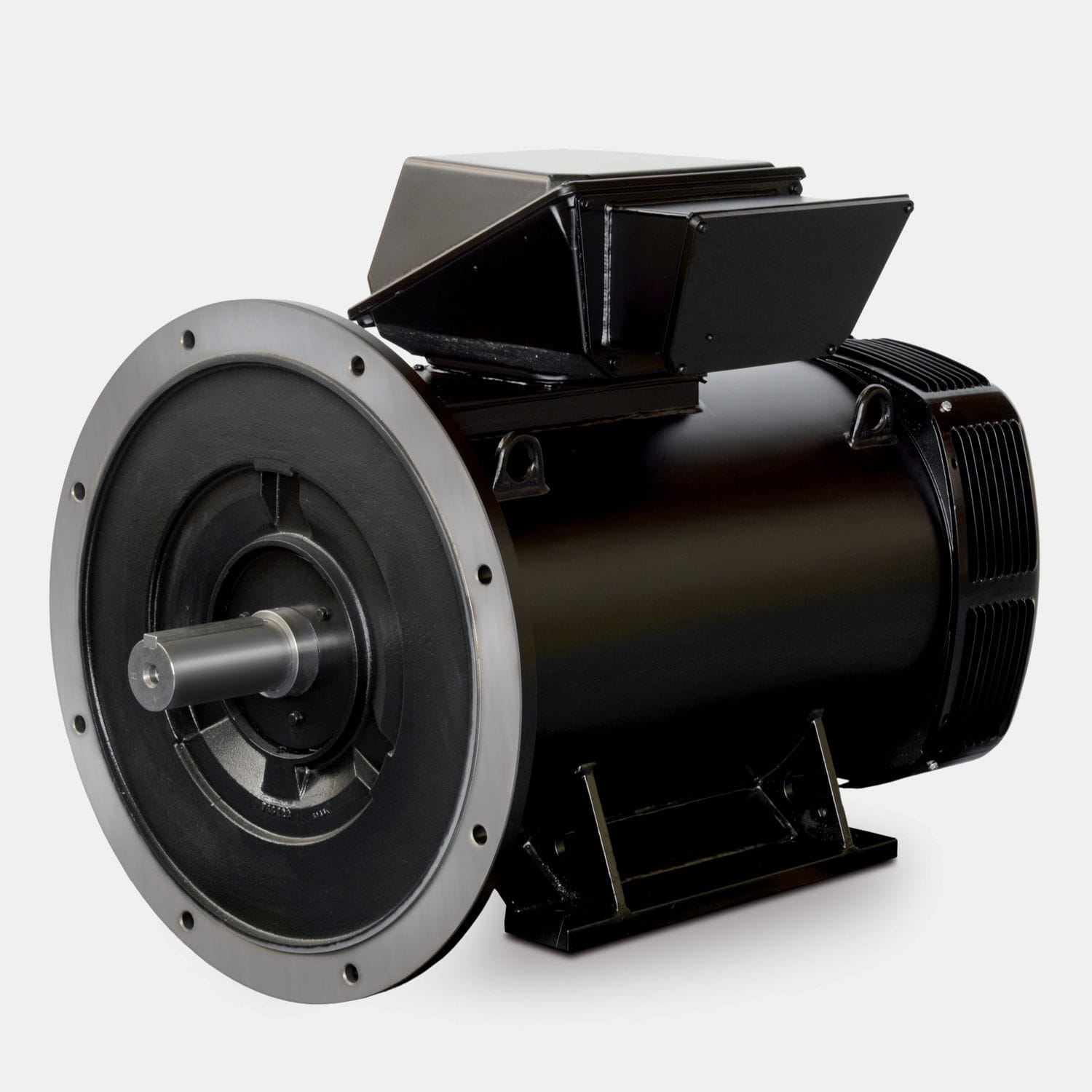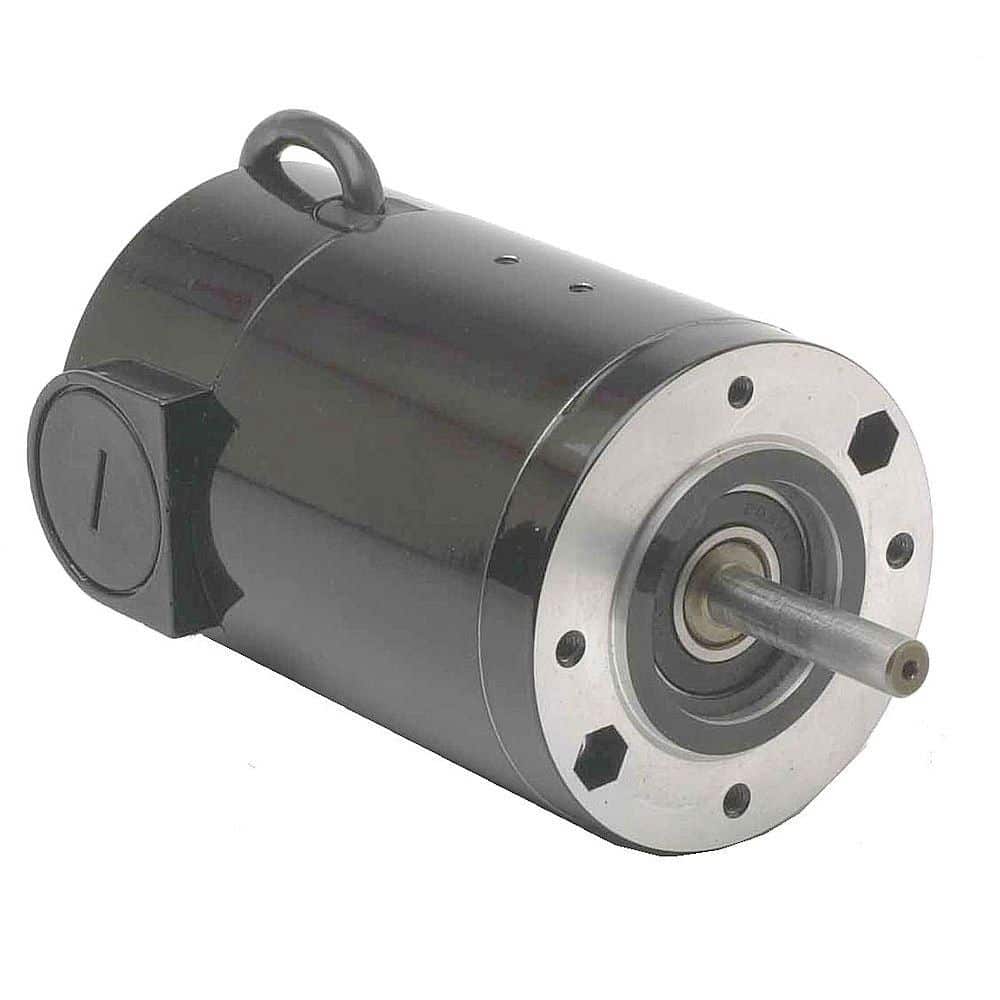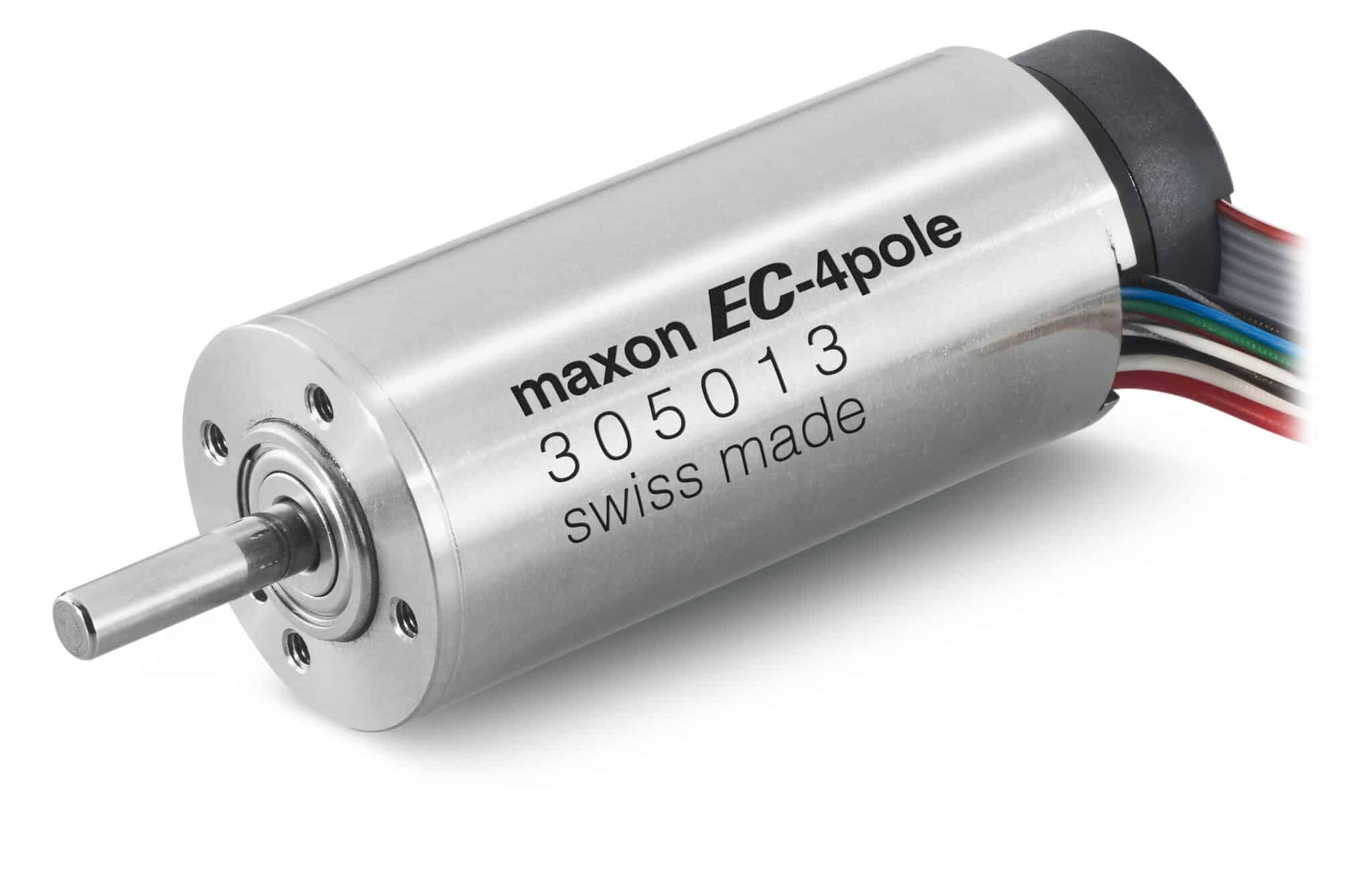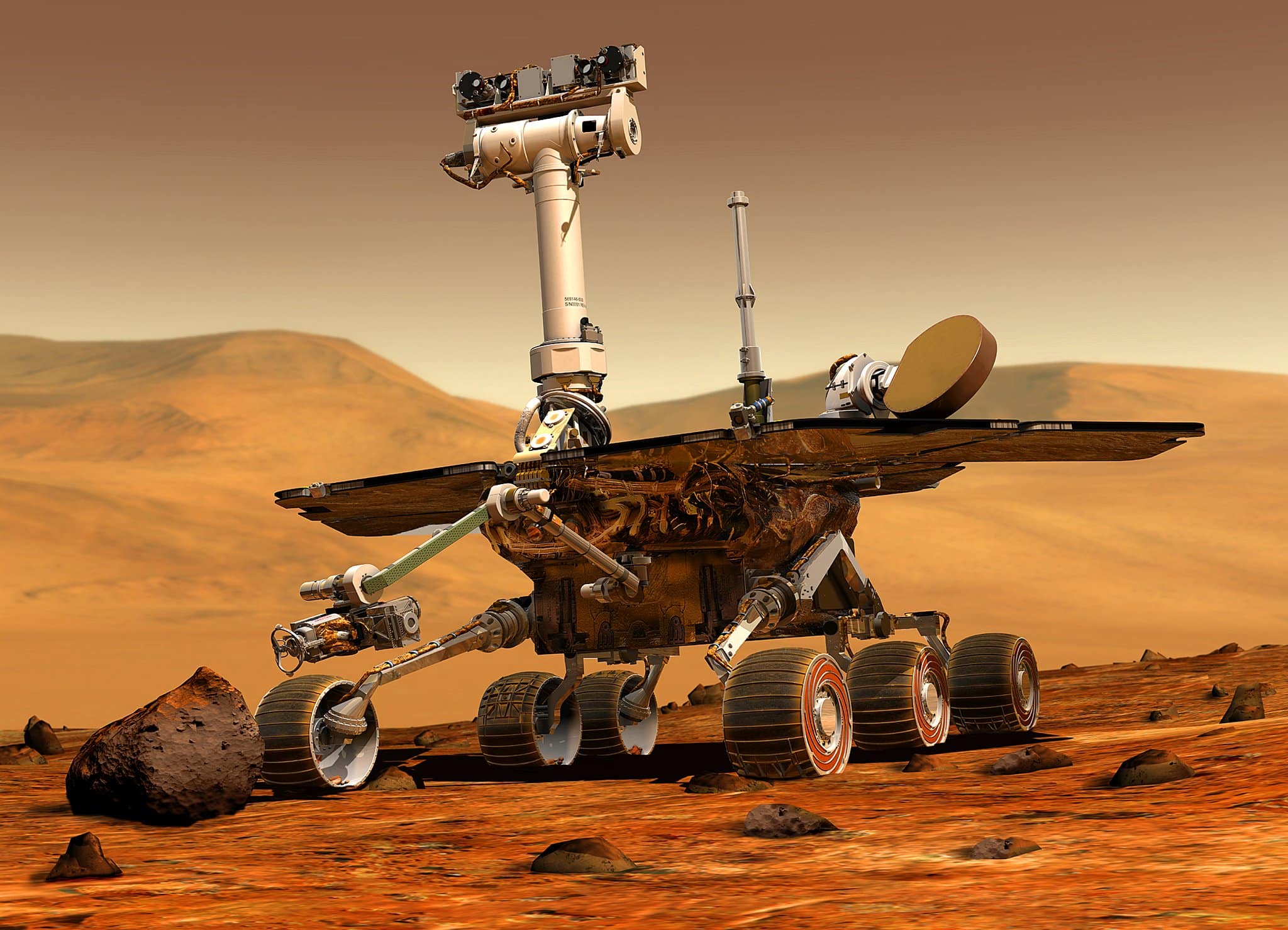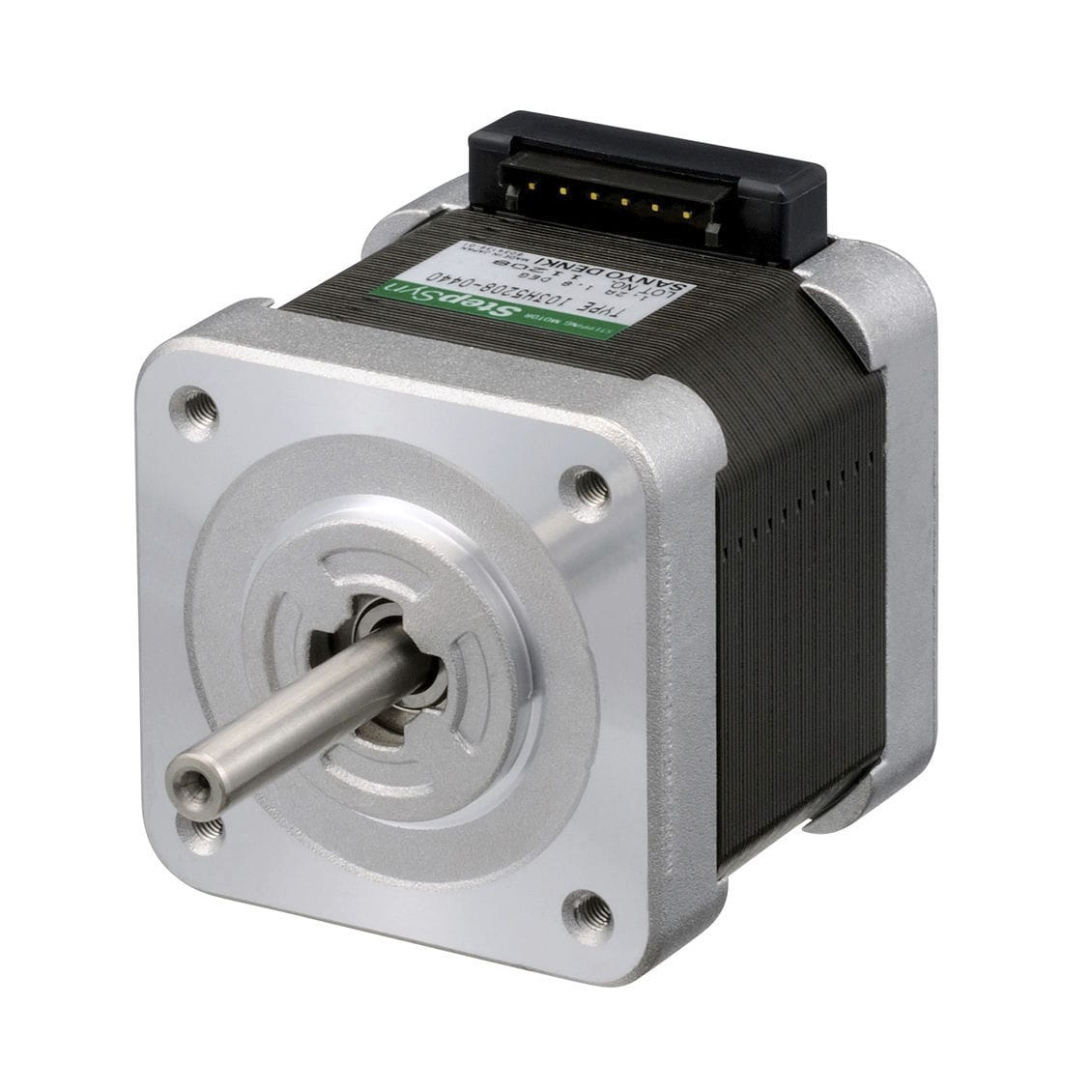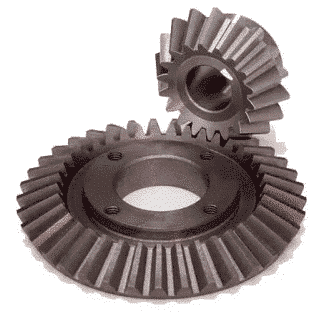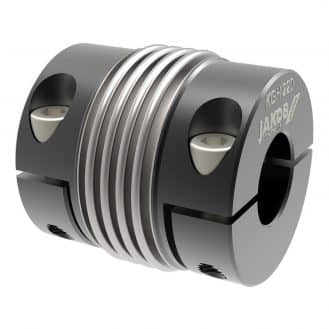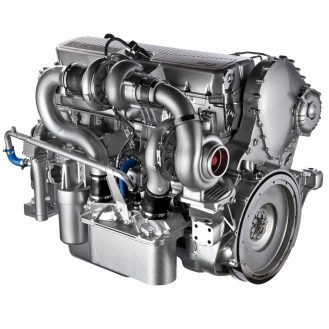Manufacturers are increasingly contemplating the question of energy efficiency. A greener and more environmentally friendly economy is one of the objectives of the 2015 United Nations Climate Change Conference which many States committed to. But it is above all in order to limit consumption and for savings that industry has been acquiring more energy-efficient equipment in recent years. According to a study by the European Commission, motors account for 65% of industrial energy consumption in Europe. Taking action when it comes to motors is therefore an important step in order to reduce CO2 emissions. The Commission even predicts that it is possible to improve the energy efficiency of European-made motors by 20 to 30% by 2020. The result would be 63 million tonnes less CO2 in the atmosphere and 135 billion kWh saved.
If you also want to integrate energy-efficient motors and get savings while contributing to the planet, you will first need to look at the energy efficiency standards for motors in your country or geographical area. But be careful, these standards do not apply to all motors, only to asynchronous AC electric motors.
International standards
- The International Electrotechnical Commission (IEC) has defined energy efficiency classes for electric motors placed on the market, known as the IE code, which are summarized in the international IEC standard
- The IEC has identified four levels of energy efficiency that define a motor’s energy performance:
- IE1 refers to STANDARD efficiency
- IE2 refers to HIGH efficiency
- IE3 refers to PREMIUM efficiency
- IE4, still under study, promises SUPER PREMIUM efficiency
- The IEC has also implemented the IEC 60034-2-1:2014 standard for testing electric motors. Many countries use national test standards, while also referring to the international IEC 60034-2-1 standard.
In Europe
The EU has already adopted several directives aimed at reducing the energy consumption of motors, including the obligation for manufacturers to place energy-efficient motors on the market:
- Class IE2 has therefore been mandatory for all motors since 2011
- Class IE3 has been mandatory since January 2015 for motors with a power of 7.5 to 375 kW (or IE2 if these motors have a frequency inverter)
- Class IE3 has been mandatory since January 2017 for motors with a power of 0.75 to 375 kW (or IE2 if these motors have a frequency inverter)
In the United States
In the United States, the standards defined by the American association NEMA (National Electrical Manufacturers Association) are in force. Since 2007, the minimum level required has been set at IE2.
The same classification applies to Australia and New Zealand.
Asia
In China, the Korean MEPS (Minimum Energy Performance Standard) standards have been applied to small and medium-sized three-phase asynchronous motors since 2002 (GB 18693). In 2012, MEPS standards were harmonized with IEC standards, moving from IE1 to IE2 and now to IE3.
Japan has harmonized its national regulations with IEC efficiency classes and included IE2 and IE3 electric motors in its Top Runner program in 2014. Introduced in 1999, the Top Runner program forces Japanese manufacturers to constantly offer new models on the market that are more energy efficient than previous generations, thus forcing emulation and energy innovation.
India has had a comparative efficiency label since 2009 and a national standard at an IE2 level since 2012.

